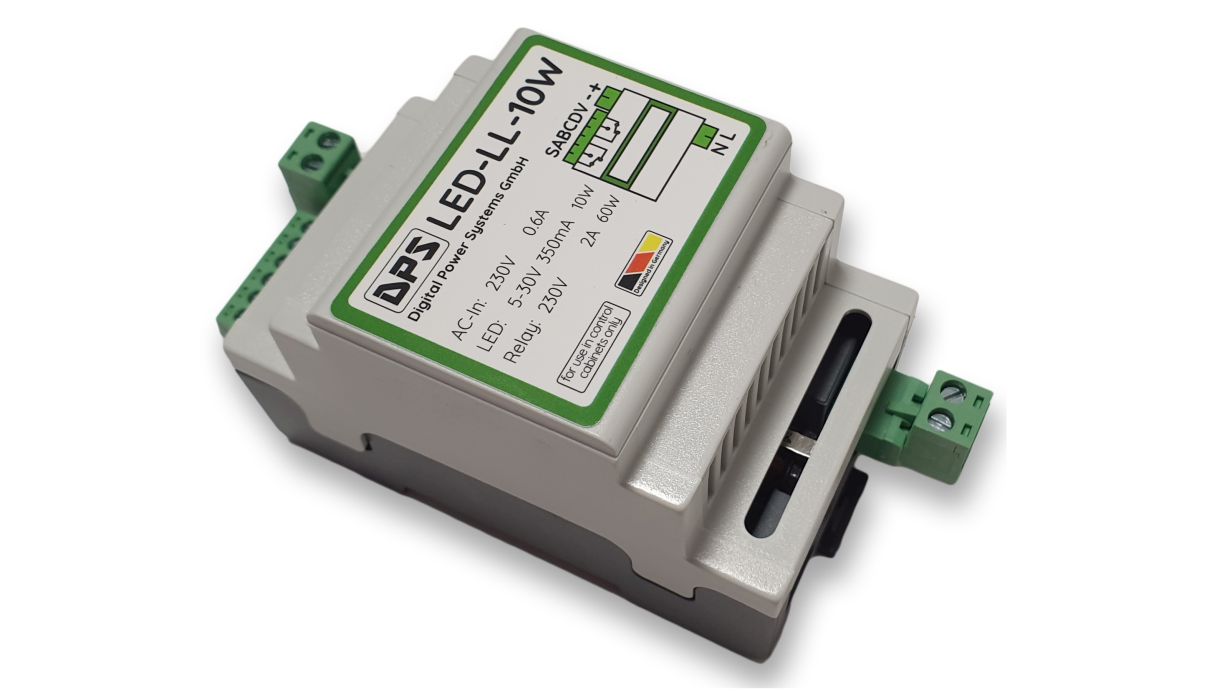KIT spin-off "Digital Power Systems" develops ultra-durable industrial power supplies
In the home, in the office, in industry: switched-mode power supplies are ubiquitous in our everyday lives. They convert alternating current from the house wiring into direct current, which smartphones, laptops and the like need just as much as charging stations for electric cars and entire logistics or data centres. Until now, they have usually had to be replaced after nine years of continuous operation. The spin-off of the Karlsruhe Institute of Technology (KIT) Digital Power Systems (DPS) has now demonstrated power supply units with a service life of 50 years in tests.
Although today's switched-mode power supplies are light and compact, they are also prone to faults because of the electrolytic capacitors they contain. Film capacitors are much more durable. However, these require up to ten times more space - until now: "We have developed a digital control process that allows us to use film capacitors in a space-saving way," says DPS Managing Director Michael Heidinger. This results in much less maintenance than with ordinary power supplies: "The technology is a gamechanger for all areas where reliability is important," says Heidinger. "For example, in data centres or logistics centres or aviation security lighting." Because service calls to replace defective power supplies cost many times the price of the device itself.
Service life five times longer than power supplies with electrolytic capacitors
Joint tests with the KIT Institute of Lighting Technology have proven that the power supply units have a service life of 50 years at an ambient temperature of 40 degrees. "This exceeds the service life of established power supply units by a factor of five," says Heidinger. No power supply unit has failed yet, so the tests will continue. "So there is still room for improvement."
Digital control saves space
The new digital control method, which makes it possible to use film capacitors with only a slightly increased space requirement, runs on a microprocessor built into the power supply unit. It detects disruptive environmental influences so that, for example, higher voltage fluctuations at the film capacitor can be compensated. This means that storage capacitors with a lower capacity are sufficient. This technology only became possible with the spread of very powerful microprocessors, explains Heidinger.
Use in aviation security
The power supply unit is already being used in safety lighting - also known as beaconing - at aircraft obstacles such as industrial chimneys, wind turbines or radio masts. Defective power supply units can usually only be replaced in a complicated and expensive way with the help of industrial climbers.
www.kit.edu
